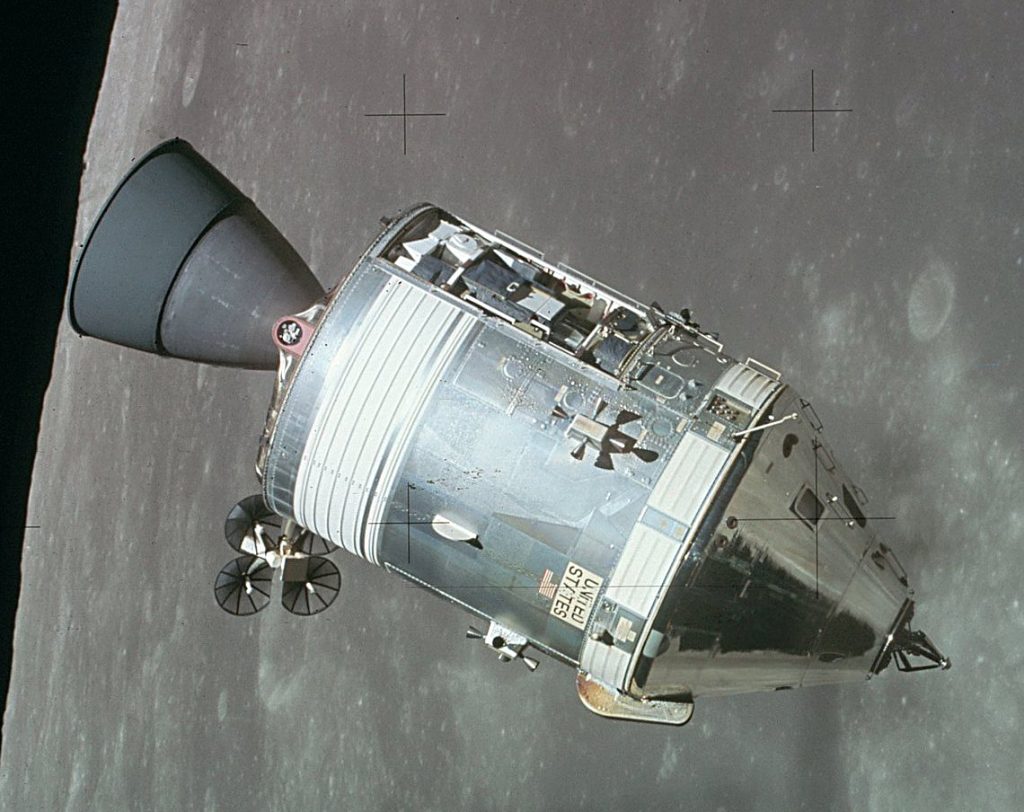The Apollo spacecraft was designed and built by the United States for the Apollo program, which landed astronauts on the Moon between 1969 and 1972. It was made up of three main components: the Command Module (CM), the Service Module (SM), and the Lunar Module (LM).


The Command Module (CM) was the control center for the spacecraft and housed the astronauts during the journey to and from the Moon. It was a cone-shaped structure that was about 13 feet in diameter and 12 feet tall. It was equipped with a cockpit for the astronauts to sit in, as well as a small living area, a navigation system, and a communication system.

The Service Module (SM) was a cylinder-shaped module that was attached to the back of the Command Module. It contained the propulsion system and fuel cells that provided power to the spacecraft, as well as the environmental control system that regulated the temperature and atmosphere inside the spacecraft.

The Lunar Module (LM) was a small spacecraft that was used to transport the astronauts from the Command Module to the Moon’s surface and back again. It was made up of two parts: the ascent stage, which was used to return the astronauts to the Command Module, and the descent stage, which was used to land on the Moon.

Some of the key features of the Apollo spacecraft included its ability to withstand the harsh conditions of space, including extreme temperatures, radiation, and high levels of acceleration and deceleration. It also had advanced guidance and navigation systems that allowed it to accurately land on and take off from the Moon. Additionally, the Apollo spacecraft was equipped with a variety of scientific instruments and equipment that were used to conduct experiments and gather data on the Moon.
